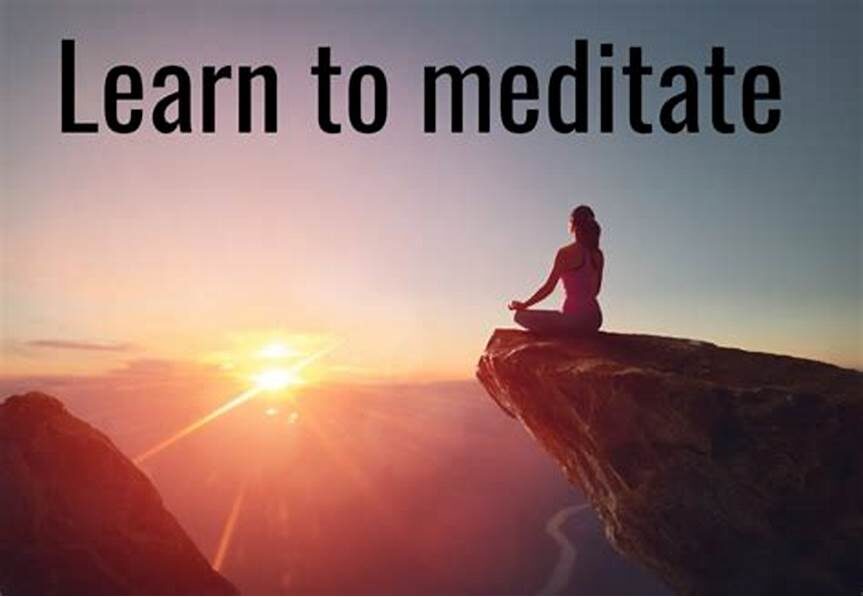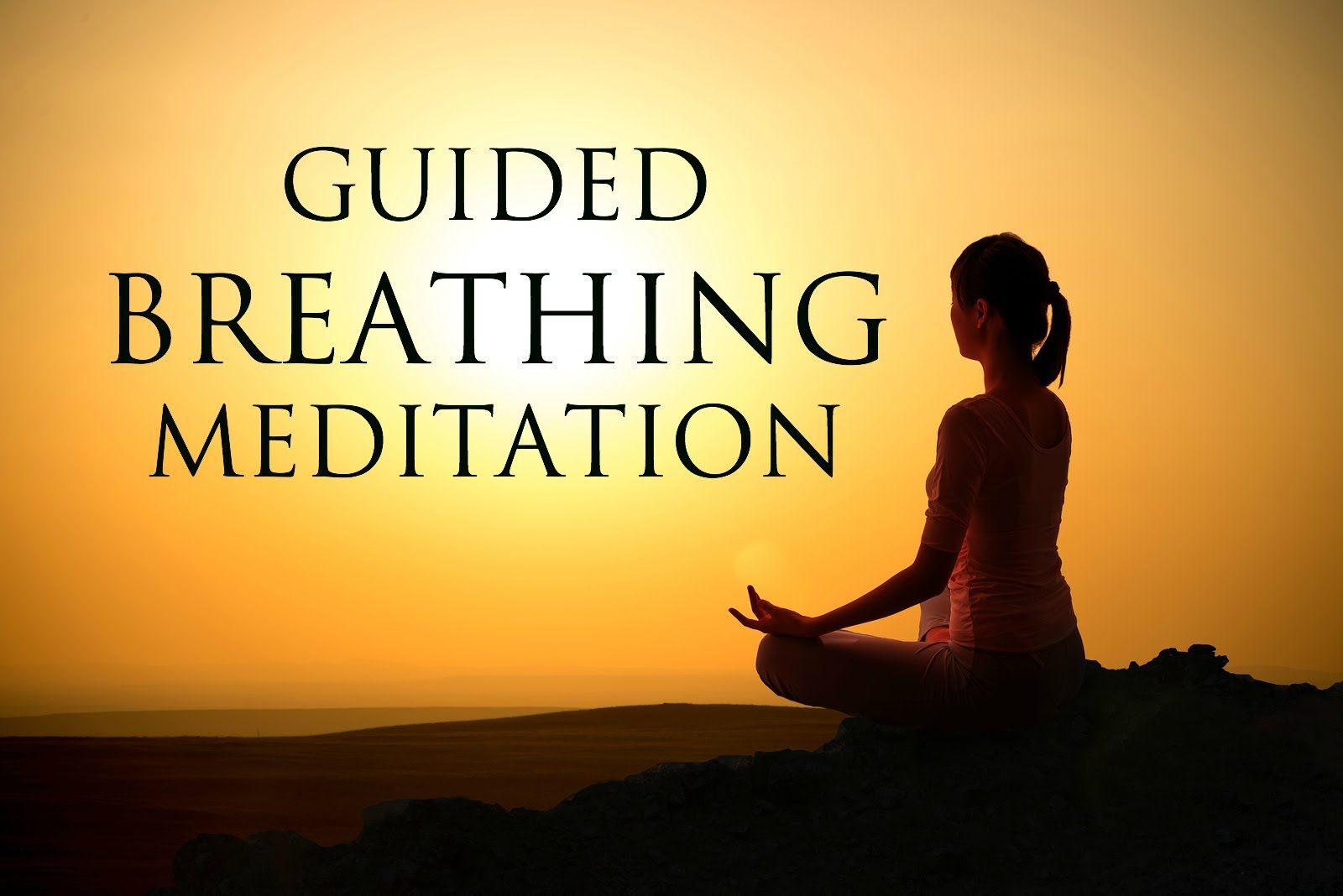
Ever feel like your mind is a runaway train, constantly switching tracks and never slowing down? You’re not alone. In our fast-paced world, finding moments of peace and quiet can feel like a luxury. Enter meditation, the ancient practice of quieting the mental chatter and cultivating inner calm. But for beginners, the concept of meditation can seem intimidating. Where do you even begin? Well, fret no more! This article will unveil the single most helpful tip for meditation beginners: Focus on the Breath.
Why the Breath? Your Anchor in the Storm
Think of your breath as your anchor in the stormy seas of your mind. It’s a constant, reliable presence that you can always return to, no matter how scattered your thoughts become. Imagine your mind like a busy marketplace – people shouting, things flying around. Focusing on your breath is like finding a quiet corner to sit and observe the chaos without getting swept away by it.
Demystifying the Breath: Understanding How It Works

Here’s a quick breakdown of the breath cycle:
- Inhalation: As you breathe in, your belly expands, drawing air into your lungs.
- Exhalation: Your belly contracts, gently pushing air out of your lungs.
The Power of Observation
The beauty of focusing on the breath lies in its simplicity. You don’t need to control or manipulate your breathing. Instead, simply observe it. Notice the sensation of coolness as air enters your nostrils, the rise and fall of your chest, the gentle movement of your belly.
What to Do When Your Thoughts Take Over
It’s normal for your mind to wander during meditation. Thoughts will pop up like uninvited guests at a party. Don’t get discouraged! When you notice your mind has strayed, gently acknowledge the thought and then return your focus to your breath. Think of it like training a puppy – gently redirect its attention back to the task at hand.
Cultivating Patience
Meditation isn’t about achieving a state of mental silence (although that might happen with practice!). It’s about cultivating patience and awareness. Approach meditation with a “beginner’s mind” – a sense of openness and curiosity. Even a few minutes of focused breathing can bring a sense of calm and clarity to your day.
Beyond the Breath: Exploring Other Meditation Techniques
While focusing on the breath is a fantastic starting point, there are other meditation techniques you can explore once you feel comfortable. Here are a few examples:
- Guided Meditation: Listen to a guided meditation app or recording that provides gentle instructions to guide your focus.
- Mantra Meditation: Silently repeat a mantra (a calming word or phrase) to keep your mind focused.
- Mindfulness Meditation: Focus your awareness on the present moment, observing sights, sounds, and sensations without judgment.
Making Meditation a Habit: Consistency is Key
Just like building any skill, consistency is key to reaping the benefits of meditation. Aim for short meditation sessions daily, even if it’s just 5-10 minutes. The more you practice, the easier it will become to quiet your mind and find your inner calm.
Conclusion
Focusing on the breath might seem like a simple concept, but it’s a powerful tool for beginners and experienced meditators alike. By anchoring your attention on your breath, you can cultivate a sense of inner peace and clarity that spills over into all aspects of your life. So, take a deep breath, quiet your mind, and embark on your meditation journey. You might be surprised at what you discover within yourself.
You May Also Like….
- Natural Ways to Boost Testosterone: Unleash Your Inner Beast
- Childhood Habits: Tiny Seeds That Shape Your Adult Life
- Building Resilience: Learning to Bounce Back from Challenges and Setbacks
Frequently Asked Questions
Q1: I can’t clear my mind completely. Am I doing it wrong?
Not at all! A wandering mind is completely normal during meditation. The key is to gently bring your attention back to your breath whenever you notice your mind has strayed.
Q2: Do I need to sit in a specific position to meditate?
While some prefer traditional meditation postures, any comfortable position will work. The goal is to be relaxed but alert. You can even meditate while lying down!
Q3: How long should I meditate for?
Start with short sessions, like 5-10 minutes, and gradually increase the duration as you become more comfortable.
Q4: Is meditation a religious practice?
Meditation can be practiced by anyone, regardless of religious beliefs. While some meditation techniques have roots in religious traditions, the core practice of focusing on the breath is a secular practice that anyone can benefit from.
Q5: I feel restless or fidgety during meditation. What can I do?
It’s normal to feel some restlessness, especially when starting out. Focus on observing these sensations without judgment. You can also try gentle stretches or mindful movements before your meditation session to release any excess energy.

